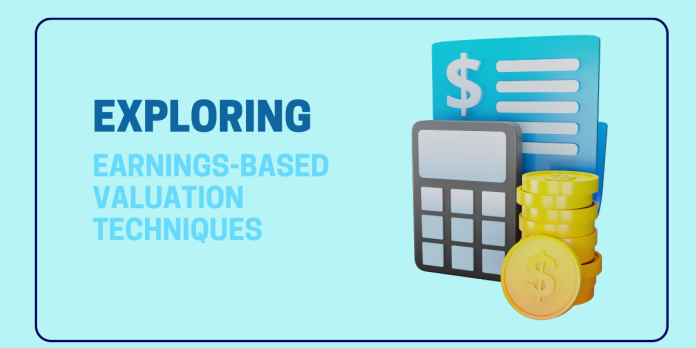One can observe the price in the stock market, but determining the value of a business or company is an entirely distinct concept in the realm of investing. While the price is readily available in the stock market and is known to all, value is established through evaluation and analysis conducted by a valuer at a specific point in time. There is no singular formula or method to produce an exact number for the valuation of any asset.
The question arises: why is valuation necessary? Well, the answer can vary from person to person, as there are several potential reasons for conducting a valuation. Some of these reasons include buying a business, selling a business, mergers, understanding the general worth of a business to its owners, and more. Regardless of the motivation, the core objective is to establish a connection between the price and the value, allowing us to estimate whether the asset is fairly valued, overvalued, or undervalued.
The renowned investor Warren Buffett famously stated, ‘There are only two sources of value in a business: earnings and assets.’ While there are various techniques available to value a business, in this article, we will specifically explore earning-based valuation metrics.
Dividend Yield – Price to Dividend Ratio:
Dividends are the profits distributed to a company’s shareholders. Well-managed companies strike a balance between paying dividends and reinvesting in growth. Dividend yield, a popular metric, is calculated as dividend per share (DPS) divided by the current stock price. Let’s take an example.
| Stock Price Per Share Rs | Dividend | Dividend Yield % | Price to Dividend (x) |
| 50 | 5 | 10.0 | 10 |
| 100 | 5 | 5.0 | 20 |
| 150 | 5 | 3.3 | 30 |
| 200 | 5 | 2.5 | 40 |
Know: Difference Between Dividend Payout Ratio And Dividend Yield Ratio
Consider a company with a consistent history of paying dividends of Rs 5 or more over the past 5 years. The following table illustrates how these dividends translate at different price points. Comparing dividend yield to bond yields, if bonds provide a 10% coupon and investors face a 30% tax rate, the post-tax return on bonds is about 7%. In contrast, equities offer a 10% post-tax return, as dividends are typically tax-free. Additionally, equities have the potential for growth, unlike bonds which often have a fixed redemption value. The higher the dividend yield, the better it is.
When equity yields are generally higher than bond yields, it indicates a favorable equity opportunity, especially during market downturns. However, during bull markets, equity yields tend to be lower than bond yields. It’s important to note that a high dividend payout might signify limited growth opportunities and limit capital appreciation potential.
In India, the two companies with the highest dividend yields are Vedanta Limited and Hindustan Zinc, with yields of 44.48% and 24.05%, respectively.
Earning Yield – Price to Earnings Ratio:
When dividend yields are low, market analysts turn to earnings yields as an indicator of a stock’s investment potential. Earning yield is calculated as Earnings Per Share (EPS) divided by the current stock price. The higher the earnings yield, the better it is.
The inverse of earning yield is the well-known Price to Earnings Ratio (PE ratio), defined as the current stock price divided by EPS.
The PE ratio tells investors how much they need to invest to earn one unit of profit. It can be calculated using the current market price and historical EPS or the forecasted EPS. Investors may pay a higher price for earnings if they anticipate above-average future growth or expect a company to improve its performance. The lower PE the better it is.
In general, a stock with a higher PE ratio compared to its peers and the market is considered expensive, while a stock with a relatively low PE is seen as undervalued. However, shares of companies with strong growth potential or lower risk should trade at a premium, and those with weaker growth prospects or higher risk should trade at a discount. Investors should consider these factors when evaluating valuation.
Earnings represent a specific period, while the stock price is at a given point. Therefore, choosing the right reference period for EPS is crucial from an investor’s perspective.


